As a teacher who teaches elementary aged students, I have noticed the nerves and jitters on test taking days. I always knew this was very common among adults, but I quickly realized how common it is among children as well. Therefore, I set out to find ways to help them when a test is coming up. This led me to discovering many different test taking strategies for elementary students, which I will share in this article.
My goal is to encourage other teachers around the world to adopt a few of these test taking strategies and try them out with their classes. I believe it will help children to see their teachers and mentors finding ways to help them with tests as well as calming their emotions when these stressful test days approach.
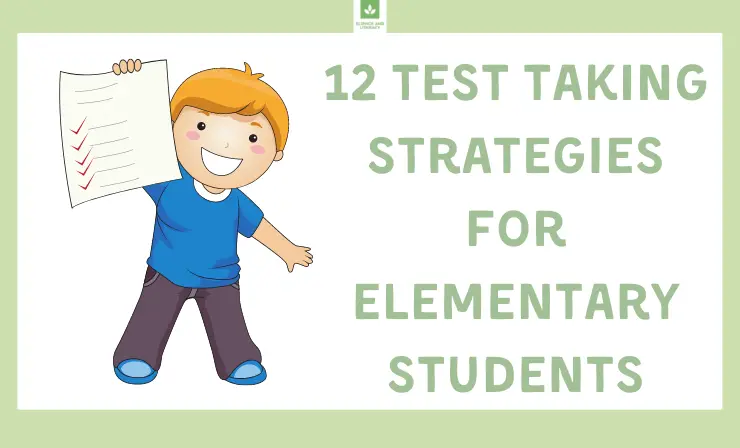
After reading this article, you will officially know:
- Test taking strategies that work best for elementary aged students→
- Standardized test taking strategies→
- And a few of my tips on how to improve standardized test taking skills→
Test Taking Strategies for Elementary Students
Elementary aged students need extra help when it comes to tests. Therefore, it is up to the teacher to make sure that they implement certain test taking strategies that will benefit this age group. I will go over six different test taking strategies for elementary students below.
1. Give A Pep Talk To Boost Their Confidence

I highly recommend starting with a pep talk to boost your young students’ confidence. The reason for this is because they are already nervous, stressed, and frustrated, so why not help them gain some confidence before beginning the test? This will help them loosen up and feel better about the test.
2. Make Sure They Do Not Forget To Fully Color In The Bubbles

Coloring in bubbles may seem like a no-brainer. However, young children may not take the time to make sure they fully color in the bubbles. Therefore, it is crucial that you remind them to color in the bubbles with a dark shade. This will prevent them from receiving a wrong answer for a question that they actually got right.
3. Encourage Students To Take Their Time But To Not Go Too Slow
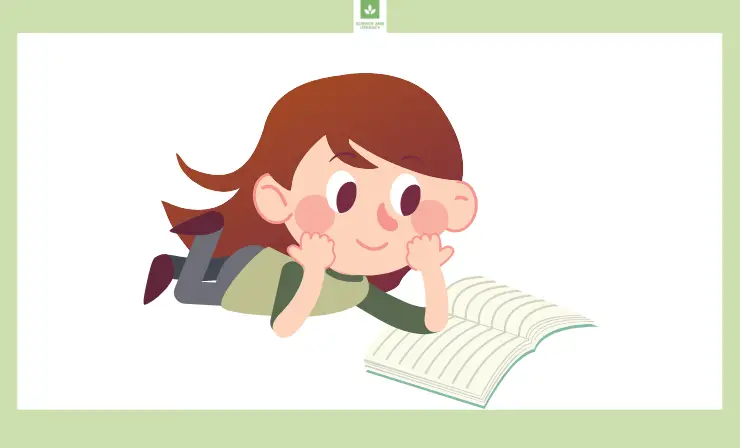
Younger students have a hard time staying still and focusing on one thing, so they may want to hurry through their tests. However, this could cause them not to fully pay attention and weigh out their answers. It is very important to encourage your young students to take their time but also to not go too slow. A steady pace is perfect because you also do not want to run out of time on the test.
4. Ensure That They Understand All The Elements Of The Test
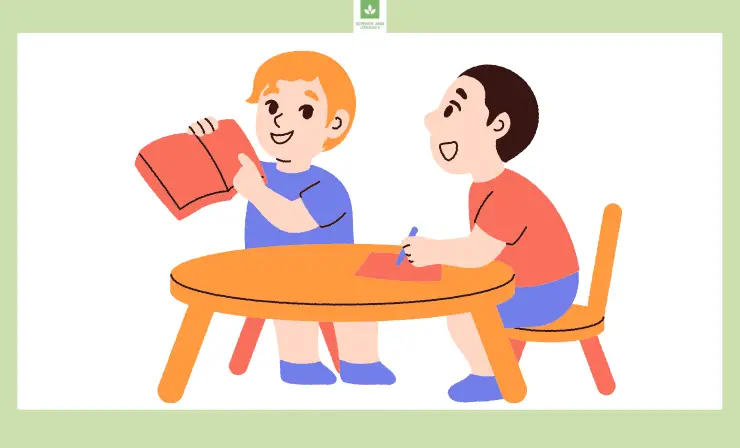
It is essential to make sure that your students understand all the elements of a test. One section may require reading a paragraph and answering questions about it, while another section may be simple math problems. Before beginning a section read out loud the directions and ensure that your students are also fully reading the directions before jumping into answering.
5. Teach Students To Pay Close Attention To Every Word In The Questions
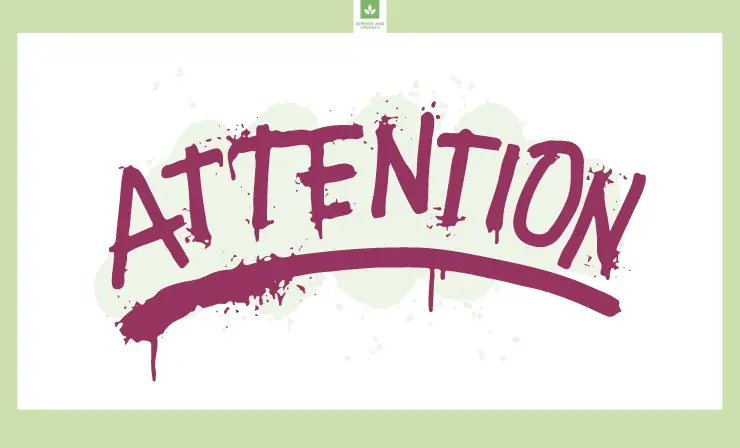
It is crucial to make sure your students read every single word in a question. If they skip one or two words, it may seem like no big deal. However, one or two words can change the question completely. For example, the question may state that Susie is wearing a pink hat with a blue feather and ask what color her feather is. If the student does not read every single word, they may only see the word pink and circle pink even though blue was the correct answer.
6. Practice Answering The Questions In Your Own Words Before Making A Choice From The Answers Given

Young students may know the answer to questions but not in the way that the answers are given. They may be able to tell you in their own words the answer but choosing an answer on paper may seem like a difficult task. My advice is to teach them to be patient with themselves and to choose the answer that they feel aligns best with their own words.
It is common for adults to have test anxiety, so why wouldn’t it be common for children to experience anxiety when a test is approaching as well? To help prevent or alleviate this feeling among your students, you should consider helping them adopt test taking strategies. I suggest watching Socratica’s YouTube video on this topic.
Another video that I recommend taking a look at is Mylemarks’ YouTube video. This video goes over a few different tips when it comes to test anxiety among children. As a teacher, it is important that you help students overcome these issues and develop ways to make test taking a better experience.
Document cameras are excellent gadgets when it comes to helping young students with different learning styles. These gadgets can be used remotely and in-person.
Standardized Test Taking Strategies
Since there are no ways around state tests, it is important to know and understand that standardized test taking strategies will help your students succeed. It is a great idea to come up with and practice strategies to help your students overcome test anxiety as well as pass their tests. Below, I will tell you about six different test taking strategies that you should review before every test.
1. Read The Questions Very Carefully

Teach your students to always read the questions very carefully before answering them. If they rush through them and do not read them carefully, they may miss a key point in the question. You may be able to read the question out loud to them, which may be helpful for them to hear it.
2. Encourage Your Students To Answer The Easiest Questions First

If your students feel like some questions are easier than others, encourage them to answer those questions first. Easy questions may be ones that they feel like they know the answers to. They should answer these first so they can focus on the harder questions that may take some time.
3. Eliminate The Answers That You Are Absolutely Sure They Are Wrong

There will be answers to questions that students will know are absolutely wrong. In fact, some answers may have nothing to do with the question at all. Teach your students to eliminate these answers first and then think more about the answers that they are unsure of.
4. Don’t Rush; Be Sure To Read Every Single Answer Before Choosing One
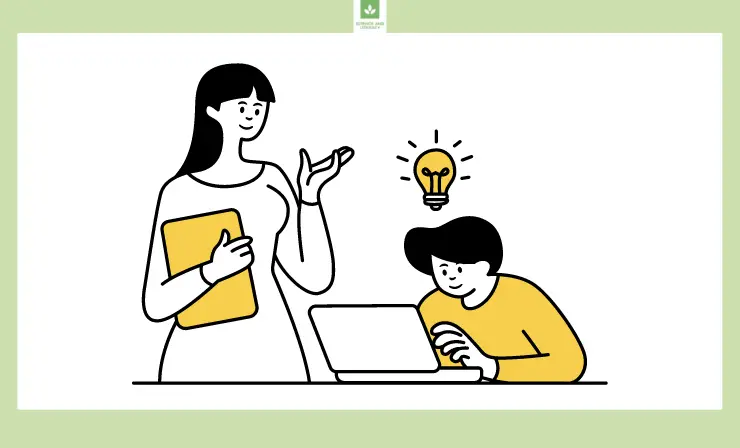
It is easy for students to get ahead of themselves. They may want to hurry and be done with the test, but they should never rush. It is important to make sure that they are reading every single answer before making a choice. One answer may seem like the perfect answer, but some answers are meant to be tricky. Therefore, they should read all answers to make sure another one is not a better fit.
5. Pace Yourself
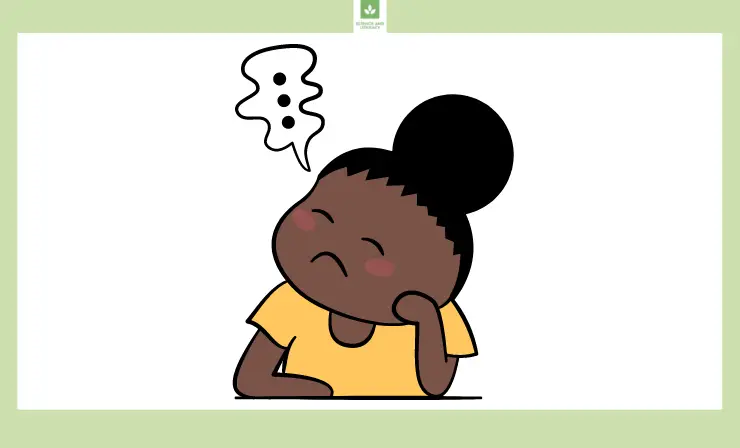
Let’s face it; tests are boring. It is a stressful and quiet time. Therefore, students may want to rush through the tests to hurry up and finish. However, it is crucial to teach them how to pace themselves. When you rush through a test, you may make a careless mistake. The key is to instead pace yourself. Do not go too slow because then you may run out of time. Instead, spend a couple minutes on each question. If you do not know the answer, move on to another question and go back to the difficult question later.
6. If There Is Time Left, Encourage Your Students To Always Review Their Answers
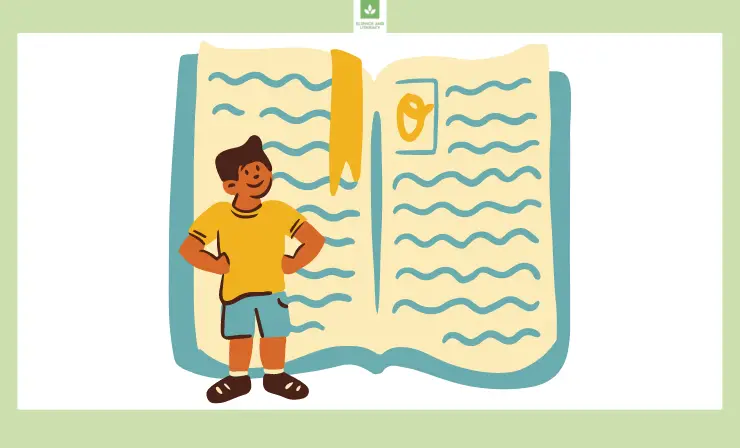
Not everyone will have time left over, but those that do should use their time wisely to go back and review their answers. By doing so, they may realize that they missed a question or picked the wrong answer.
For a short video explaining 12 effective test taking strategies, check out Teachings in Education’s YouTube video. This video is filled with a lot of useful information when it comes to test taking strategies. I recommend watching it to see if any of them catch your eye.
A camera for recording lectures is a great product because students can go back and see the information that you gave them in the past. It will help them when they are studying and need a refresh of everything that they have been learning in the classroom.
Seven Tips On How to Improve Standardized Test Taking Skills
There are simple tips that can help improve your students’ test taking skills. Many people are unaware of these easy tips that will affect their test taking skills in a positive way. For that reason, it is important for you to bring it to your students’ attention and make sure they understand that they should follow these tips to do better on their tests.

The following are seven simple tips that will improve standardized test taking skills:
- Get a good night’s sleep.It is important to make sure your students know that they should get a good night’s sleep the night before their test. This will help them stay alert and be fully awake during the test.
- Eat a good breakfast that makes you full.Eating a good breakfast is essential because they will not get hungry and be able to concentrate better. High protein is even better.
- Drink enough water.Water is very important for our brain’s function. Therefore, children should ensure that they drank plenty of water before the test.
- Do not study right before the test.Students may feel an urge to study and cram information right before a test. However, this is not beneficial. Their concentration should go to being calm, collective, and remembering everything that they have gone over before this moment.
- Think positively.You would be surprised how much thinking positively can impact students’ test scores. If they are hearing other students say how nervous or unprepared they are, they may begin to doubt themselves. That being the case, it is important to give a pep talk to everyone before beginning the test.
- Use a blank sheet of paper during the test to write out your thoughts.A blank sheet of paper is a great idea because the students can write out their thoughts or make notes of the questions. It helps them get their thoughts out on paper instead of bottling them up during the test. This is great for math problems that need worked out on paper.
- Do not worry about other students especially those who finish before you.
It is common for students to feel rushed once they see others getting up and finishing before them. They may start to feel like they are running out of time, but it is critical to let them know that they should ignore other students and continue to focus until they are done.
Below you can find some tips for math tests.
Find out what those appropriately-named acronyms mean and how you can equip your students with strategies for overcoming test anxiety. Click the link that follows to read our blog article, Math Test-Taking Strategies for Elementary Students. ??? https://t.co/tdr1lP4AMe #math pic.twitter.com/5r88gCYMbE
— Sadlier School K-12 (@SadlierSchool) March 2, 2020
If you are looking for a tool that will give your students a better learning experience, you should consider purchasing an interactive whiteboard. These give lessons a fun twist, and students can learn by interacting with the whiteboard. I have written another article on the best interactive whiteboards that teachers should buy for their classroom.
Useful Recourses
- 22 Simple Ideas for Harnessing Creativity in the Elementary Classroom
- Refuse to Be a Boring Teacher: 15 Ways to Have More Fun
- 20 interactive teaching activities for in the interactive classroom
Conclusion
I hope this article helped you with finding useful test taking strategies for elementary students. Different teachers use different methods, but I am confident that at least a couple strategies I have mentioned in my article will work for you. Keep in mind that every class is different, and each child has different needs when it comes to learning and test taking. However, I believe that you will eventually find the best test taking strategy that works for each of your students. Good luck and happy teaching!
- 14 Science Experiments for Middle School — Unlock the Wonders of The World in Your Classroom - February 18, 2023
- Top 11 Sound and Voice Amplifier Apps: Enhance Audio on Your Device with the Best Volume Boosters - January 26, 2023
- 7 Creative Valentine’s Day Poster Ideas to Make Your Space Feel More Festive - January 11, 2023

Hi! I’m an elementary school teacher, and I’m thinking about doing an online class repetition the night before the test. Do you think that would be a good idea?
Hey, well. I think it’s up to your school administration, so you’d better ask them. But actually, I like the idea.